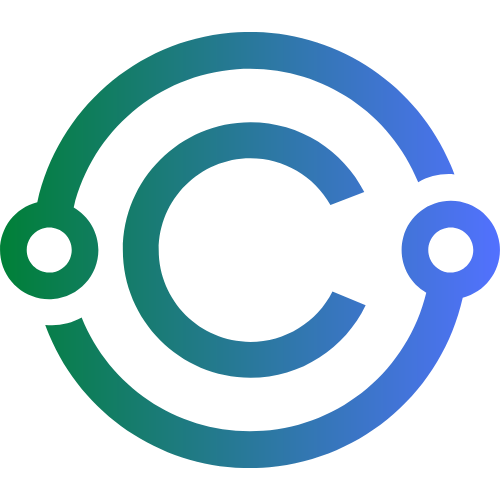How to Choose the Right Career Path When You’re Unsure

Choosing the right career path is one of the most important and difficult decisions you'll make in your life. It can shape your lifestyle, financial security, personal fulfillment, and even your identity. But what if you have no idea what you want to do? You’re not alone. Many people, from fresh graduates to mid-career professionals, find themselves uncertain about which path to take.
In this blog post, we’ll guide you through a step-by-step process to help you identify a career path that suits your skills, interests, values, and life goals. Whether you're starting from scratch or re-evaluating your options, this guide will help you make smarter, more confident choices.
Step 1: Understand That It's Okay to Be Unsure
Career decisions are not linear, and you’re not expected to have all the answers immediately. People change careers an average of 5 to 7 times during their lifetime. So take a breath—uncertainty is natural and manageable.
Useful Link: U.S. Bureau of Labor Statistics: Occupational Outlook Handbook
Step 2: Reflect on Your Strengths and Skills
Take stock of what you’re good at. This includes both hard skills (e.g., coding, writing, accounting) and soft skills (e.g., communication, leadership, problem-solving).
Ask yourself:
- What subjects or tasks come naturally to me?
- What do people often ask me for help with?
- Which projects have I enjoyed and excelled at?
Tip: Try the StrengthsFinder or 16Personalities test to gain deeper insights.
Step 3: Clarify Your Interests and Passions
What do you love doing? What topics do you find yourself reading about in your free time? Your interests can point you to careers that will keep you motivated long-term.
Activity: Create a list of topics, hobbies, or fields you find interesting, then research related job roles using sites like:
Step 4: Define Your Values and Priorities
Your ideal career should align with your personal values. Ask yourself:
- Do I prefer stability or flexibility?
- Is work-life balance more important than high income?
- Do I want to help people or create things?
Tool: Use a Career Values Checklist to rank what matters most to you. You can find one here: MindTools Career Values
Step 5: Research Industries and Roles
Now that you have a rough idea of your skills, interests, and values, start exploring industries that align with them. Use job platforms and company websites to:
- Learn about job descriptions
- Check educational or certification requirements
- Look at average salaries and growth trends
Helpful Resources:
Step 6: Try Job Shadowing, Internships, or Freelance Projects
You won’t know if a career suits you until you try it. Look for:
- Short-term internships or virtual experiences
- Freelancing gigs on sites like Upwork or Fiverr
- Volunteer roles that build relevant skills
Case Study: Sarah's Story
Sarah, a 29-year-old from Texas, was working in retail but felt stuck. She loved solving puzzles and helping people but had no idea how that translated into a career. After taking a personality and skills test, she found counseling and user experience (UX) research appealing. She volunteered with a nonprofit to help with their website usability and simultaneously enrolled in a free UX design course on Coursera. Within a year, she landed a paid internship and eventually transitioned into a full-time UX role at a tech firm.
Takeaway: Start small. Test your interests before fully committing.
Step 7: Talk to People in the Field
Networking gives you real-world insights that job descriptions can't. Try:
- Informational interviews
- LinkedIn messaging
- Joining industry-specific forums or Slack groups
Ask questions like:
- What’s a typical day like in your job?
- What do you love and hate about it?
- What skills should I focus on building?
Example Resource: Meetup for local career events
Step 8: Make a Shortlist and Test It
Narrow down to 2–3 career paths. For each, list:
- Required skills and qualifications
- Job availability in your target location
- Long-term growth potential
Then, create a 30-day plan to take one action per week:
- Week 1: Research the industry
- Week 2: Complete a beginner course
- Week 3: Reach out to professionals
- Week 4: Apply for a small gig or project
Step 9: Be Ready to Pivot
Remember, the first choice doesn’t have to be the final one. Every step you take adds clarity. Treat your career like a series of experiments—test, learn, adjust.
Step 10: Use Online Career Tools to Your Advantage
Here are some platforms to help you:
- Coursera & edX for free courses
- LinkedIn Learning
- MyNextMove
- Glassdoor for company reviews and salaries
Choosing the right career path is a journey—not a one-time decision. The key is to keep moving, keep learning, and remain open to possibilities. With the right mindset and a step-by-step approach, you'll gain the clarity you need to move forward with confidence.
Start small. Stay curious. Act often.

